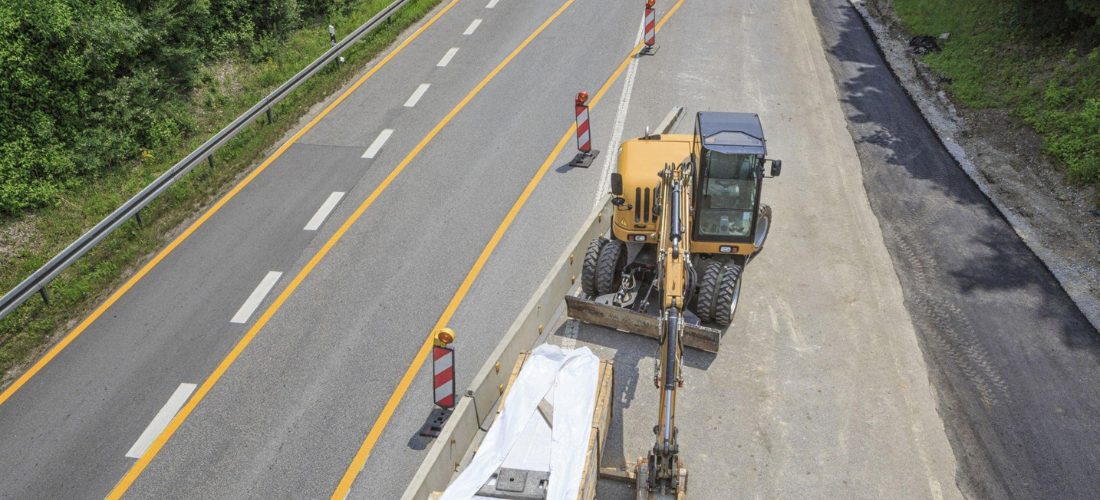When it comes to maintaining and improving the quality of roads, innovative techniques
and technologies play a crucial role. In India, where the road network is extensive and
diverse, it becomes imperative to adopt effective methods to enhance road durability,
safety, and overall performance. One such technique gaining popularity is micro surfacing.
This blog will provide an in-depth overview of micro surfacing as a road surface treatment
technique in India.
What is Micro Surfacing?
Micro surfacing is a cost-effective surface treatment method used to extend the lifespan of
road surfaces and enhance their performance. It is a mixture of carefully selected and
proportioned materials such as aggregate, mineral fillers, asphalt emulsion, and water. This
slurry mixture is applied to the road surface using specialized equipment, creating a new
layer that improves skid resistance, seals cracks, and restores the surface’s appearance.
The Application Process of Micro Surfacing
The application of micro surfacing involves several crucial steps. First, the road surface is
thoroughly cleaned to remove debris, dust, and loose particles. This is essential for
achieving proper adhesion of the micro surfacing material to the existing road surface. Any
existing cracks are then filled with a crack sealing material to prevent moisture infiltration.
Once the surface is prepared, the micro surfacing mixture is spread evenly over the road
using a specially designed machine. This machine incorporates a spreader box, aggregate
and emulsion tanks, and a mixer to ensure the proper proportions and consistency of the
mixture. The micro surfacing layer is typically around 6-12 mm thick.
Advantages of Micro Surfacing
Micro surfacing offers several significant advantages for road surface treatment in India:
- Cost-effectiveness: Compared to traditional methods like asphalt overlay, micro surfacing
is a more cost-effective solution. It requires fewer materials and less construction time,
resulting in reduced overall project costs. - Enhanced Durability: The application of micro surfacing creates a protective layer that
seals existing cracks, preventing water infiltration and minimizing further damage. It also
improves skid resistance, ensuring safer driving conditions. - Quick Application and Fast Traffic Return: Micro surfacing has a short curing time,
allowing the road to reopen for traffic within hours. This minimizes disruption to road users
and maximizes the efficiency of road maintenance projects. - Environmentally Friendly: Micro surfacing is a sustainable solution that reduces the
demand for new materials and minimizes waste generation. It also helps conserve natural
resources by extending the lifespan of existing roads.
The Role of Micro Surfacing in Enhancing Road Safety
Road safety is a crucial concern in India, and micro surfacing plays a vital role in improving it.
By sealing cracks and providing a smoother surface, micro surfacing reduces the risk of
accidents caused by skidding and hydroplaning. It also enhances the visibility of road
markings, ensuring better guidance for drivers, especially during adverse weather
conditions. Additionally, micro surfacing improves road reflectivity, enhancing visibility
during nighttime driving.
Conclusion
Micro surfacing is an effective and economical road surface treatment technique that offers
numerous benefits for India’s road network. Its ability to extend road durability, enhance
safety, and provide cost-effective solutions makes it a preferred choice for road
maintenance projects. By adopting innovative techniques like micro surfacing, India can
continue to improve its road infrastructure, ensuring smoother and safer journeys for its
citizens.

